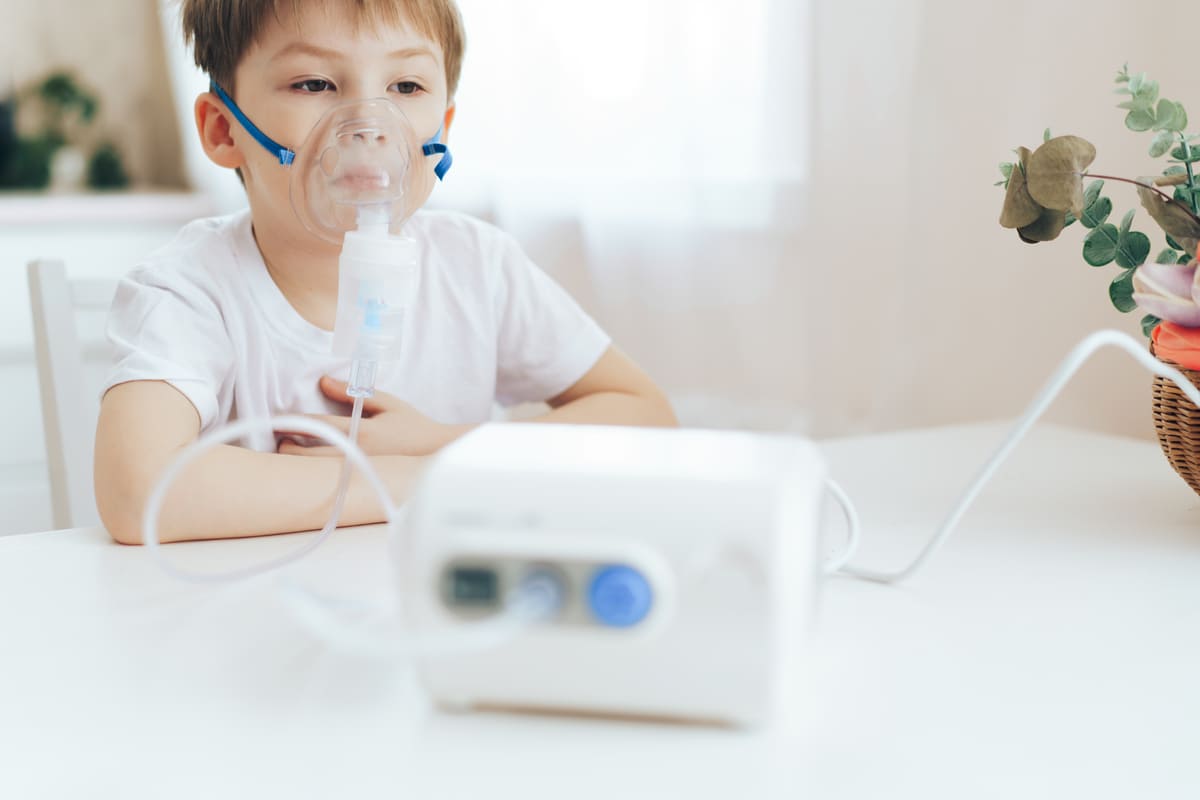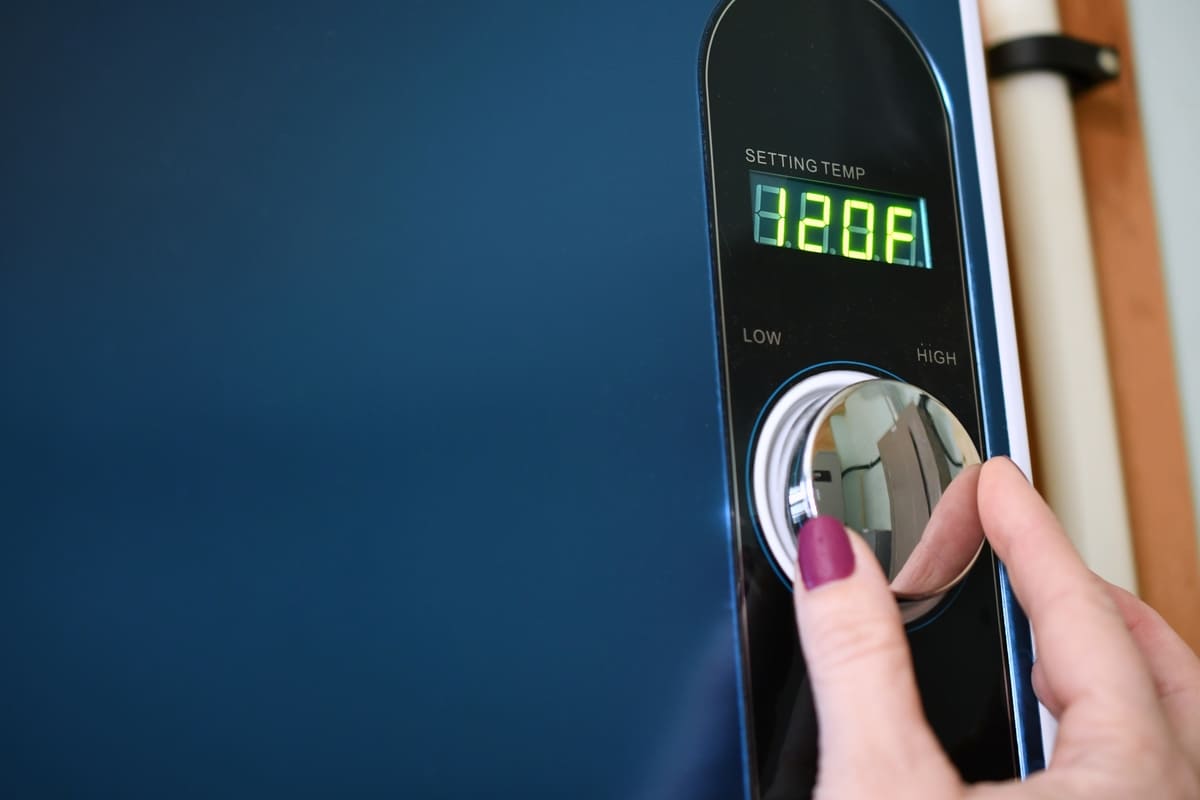The Truth About What Makes You a Super Mom
Being a mom is not easy. You give your time, your energy, and your heart—every...How to Talk to Your Mom About Hoarding
Talking to your mom about hoarding is not easy.…Are Teeth Genetics from Mom or Dad?
If your parents had crooked teeth or weak enamel,…Does a Surrogate Mother Share Blood with the Baby?
Many people ask this question when they hear about…How Microwave Ovens Works?
Within a microwave oven, a component known as the magnetron generates microwaves. These waves bounce off the oven’s metallic interior, stimulating water molecules within the food. The molecular agitation generates friction, which produces heat to cook or warm the food.
What are the Advantages of Using a Nebulizer?
Nebulizers provide a lifeline for individuals battling respiratory ailments, offering a swift, efficient path to symptom alleviation. They facilitate direct lung delivery of medication, enhancing absorption and effectiveness while being user-friendly and adaptable across all age groups.
The Essential Guide to Cleaning Your Nebulizer in 10 Simple Steps!
Preserve your nebulizer’s efficiency and lifespan through disassembly, washing, double rinsing with a vinegar soak in between, air drying, reassembly, and exterior cleaning. Proper storage is key. Regular care promotes optimal performance.
Nebulizer Buying Guide: How to Choose the Right Nebulizer?
In selecting a nebulizer, it’s crucial to consider aspects such as the medication you’ll be administering, your individual lifestyle and needs, and any unique features that may aid in managing your specific respiratory ailment.
How Does a Nebulizer Work?
A nebulizer changes liquid medicine into a mist you can breathe through a mask or mouthpiece. It uses compressed air or sound waves to make this mist. This lets the medicine go straight into your lungs to help treat your condition.
Which Geyser Is Best: Gas or Electric?
Electric geysers are the best due to their safety features and space-saving design. They’re typically wall-mounted, taking up less room than gas geysers, which require additional space for an LPG cylinder.











